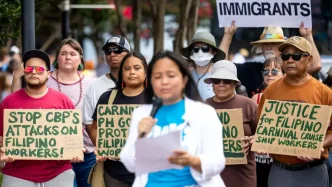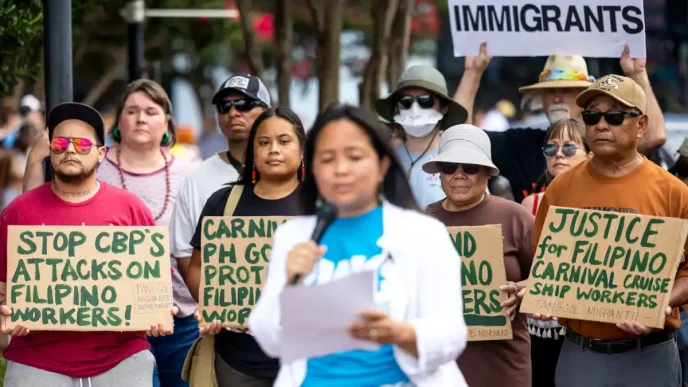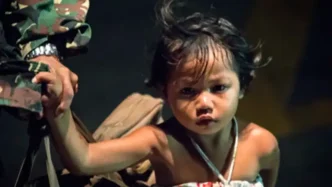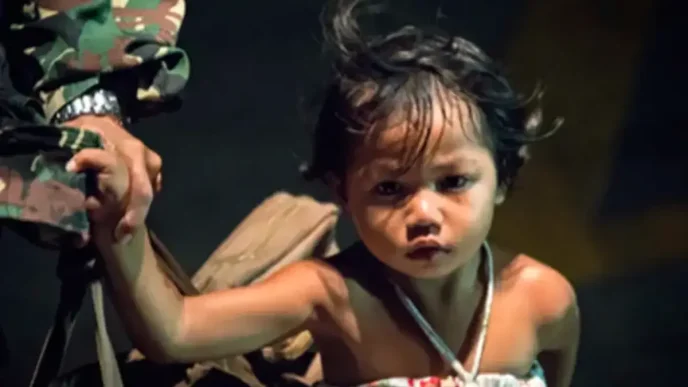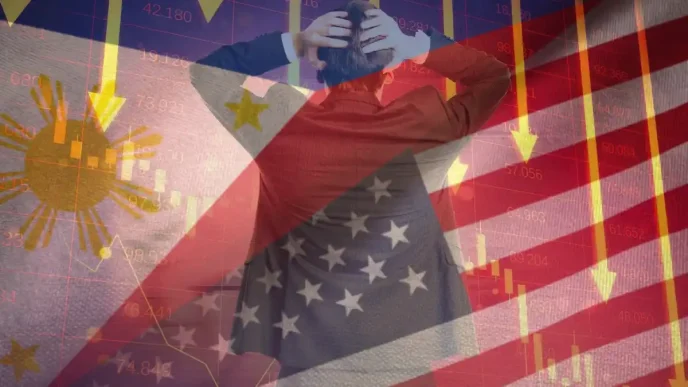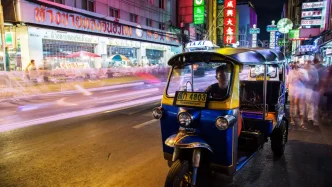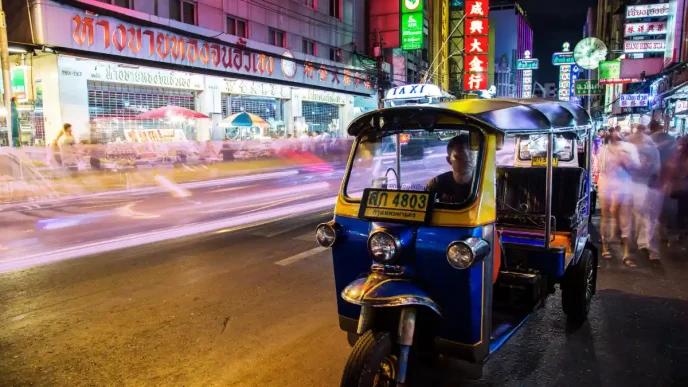A surge in travel demand among Filipino passengers, marked by a significant increase in both economy and business-class ticket sales, is painting a picture of economic resilience and evolving consumer behaviour in the Philippines. According to a recent report by Trevolution Group, a leading travel company, Filipinos are not only travelling more but are also willing to splurge on premium experiences, reflecting growing disposable incomes and confidence in the country’s economic trajectory.
The report, released on Wednesday, highlights a 36% rise in economy-class ticket sales, which accounted for 94% of total bookings and reached a value of $200.19 million last year. Meanwhile, business-class ticket sales grew by 10.5% to $12.56 million, indicating a notable shift among some travellers towards luxury and comfort. This dual trend underscores a broader story of economic dynamism in the Philippines, where consumer spending is increasingly driving sectors like tourism and aviation.
“Travel demand to and from the Philippines clearly shows the country’s economic resilience and travellers’ evolving needs,” said Alex Weinstein, founder of Trevolution’s parent company, Dynnino Group of Companies. His comments point to a growing middle class and a cultural shift towards prioritising travel as a key expenditure, whether for family vacations, cultural exploration, or adventure trips.
A Booming Travel Market
The data from Trevolution reveals fascinating insights into Filipino travel patterns. The United States, Hong Kong, and Thailand emerged as the top destinations last year, with families often at the heart of these journeys. Whether embarking on long weekend getaways or extended cultural experiences, Filipino travellers are boosting tourism both domestically and internationally. The average stay at their destinations stretched up to 36 days, suggesting a preference for immersive travel experiences over quick trips.
Interestingly, while round-trip tickets still dominated at 87.3% of total bookings, their share dipped slightly from 90.1% in 2023. In contrast, one-way tickets saw remarkable growth, with outbound trips rising by 32% and return trips by 39%. This shift could indicate greater flexibility among travellers, possibly driven by remote work trends or migration patterns, though such factors remain speculative without further data.
The economic implications of this travel boom are significant. Tourism is a vital pillar of the Philippine economy, contributing to job creation, foreign exchange earnings, and regional development. The sustained demand for flights, even amidst global economic uncertainties, signals that Filipino consumers are not only willing to spend but are also prioritising experiences over material goods—a trend that aligns with global shifts in consumer behaviour.
Infrastructure and Partnerships Fuel Growth
Beyond consumer spending, structural factors are also propelling the travel sector forward. The Philippine government has been actively investing in infrastructure upgrades, particularly in its airports, to accommodate the rising number of travellers. The Ninoy Aquino International Airport (NAIA), the country’s primary gateway in Manila, is undergoing rehabilitation under the management of a consortium led by San Miguel Corp., which assumed operations last year. This project aims to modernise facilities, improve efficiency, and enhance the passenger experience—a critical step given NAIA’s historical challenges with congestion and outdated infrastructure.
Other airports, such as the Bohol-Panglao International Airport and Laguindingan International Airport, are also in the pipeline for upgrades under the stewardship of the Aboitiz Group. These developments are expected to bolster regional connectivity, making lesser-known destinations more accessible to both domestic and international tourists. Improved infrastructure could further stimulate travel demand, creating a virtuous cycle of economic growth in tourism-dependent areas.
On the diplomatic front, strategic partnerships are playing a complementary role. In January, the Department of Tourism signed a cooperation agreement with Thailand to enhance travel between the two nations. This pact focuses on joint promotions, marketing initiatives, and the exchange of best practices in sustainable and cultural heritage tourism. Given that Thailand is already a top destination for Filipino travellers, such collaboration could deepen cultural ties and drive even greater visitor numbers.
“With infrastructure upgrades, strategic partnerships, and initiatives such as the Thailand-Philippines cooperation, the country’s tourism sector is set for even greater momentum,” Weinstein noted. His optimism is echoed by industry analysts who see these developments as laying the groundwork for long-term growth in the sector.
Economic Resilience Amidst Challenges
The travel boom must be viewed within the broader context of the Philippine economy, which has shown remarkable resilience despite global headwinds. The country has navigated challenges such as inflation, supply chain disruptions, and geopolitical tensions with relative stability, thanks in part to robust domestic consumption and remittances from overseas Filipino workers (OFWs). According to data from the Philippine Statistics Authority, consumer spending—a key driver of GDP growth—has remained strong, with sectors like travel and hospitality benefiting significantly.
However, this resilience does not come without caveats. While the rise in business-class ticket sales suggests growing affluence among a segment of the population, the vast majority of Filipinos still opt for economy-class travel, reflecting persistent income inequality. Economic analysts caution that while tourism growth is a positive indicator, it must be accompanied by policies that ensure inclusive benefits, such as job creation in rural areas and affordable travel options for lower-income families.
Moreover, the reliance on tourism as an economic driver carries risks. External shocks, such as pandemics or geopolitical crises, could disrupt travel flows, as seen during the COVID-19 pandemic when the industry ground to a halt. If infrastructure projects face delays or mismanagement—a concern given past public-private partnership challenges—the anticipated boost to tourism could fall short of expectations. These considerations, while speculative, highlight the need for diversified economic strategies to complement the tourism push.
Cultural Shifts and Future Prospects
The Trevolution report also sheds light on a cultural transformation among Filipino travellers. The emphasis on adventure trips and cultural experiences points to a desire for meaningful engagement with destinations, rather than mere sightseeing. This aligns with global trends where experiential travel is gaining traction, particularly among younger generations who value authenticity and personal growth over traditional luxury.
For the Philippines, this presents an opportunity to market itself not just as a beach destination—think Boracay or Palawan—but as a hub of cultural richness and diversity. From the historic streets of Intramuros in Manila to the indigenous heritage of the Cordillera region, the country has much to offer discerning travellers. If the government and private sector can capitalise on this shift, the tourism industry could see sustained growth well into the future.
Looking ahead, the interplay between economic growth, infrastructure development, and cultural promotion will be crucial. The rise in one-way ticket bookings, for instance, may hint at longer-term stays or even migration trends, though this remains an area for further study. If confirmed, such patterns could have implications for both the travel industry and broader economic planning, including housing and labour markets.
A Window into Economic Vitality
The surge in travel demand among Filipinos is more than just a statistic; it is a window into the country’s economic vitality and evolving societal priorities. As families board planes for the United States, Hong Kong, and Thailand, they carry with them not just luggage but the aspirations of a nation on the move. The growth in business-class bookings, while smaller in volume, speaks to a burgeoning affluent class eager to embrace global standards of travel.
Yet, for all the optimism, challenges remain. Ensuring that the benefits of tourism growth are equitably shared, maintaining momentum in infrastructure projects, and safeguarding against external shocks will test the resilience of this sector. For now, though, the numbers tell a story of confidence—both in the Philippine economy and in the spirit of its people to explore the world beyond their shores.
As the government, private sector, and international partners work together, the Philippines stands at a crossroads. If these efforts are sustained, the country could solidify its position as a key player in South East Asian tourism, with ripple effects across its economy. For Filipino travellers, each ticket purchased is not just a journey but a testament to a brighter, more connected future.



